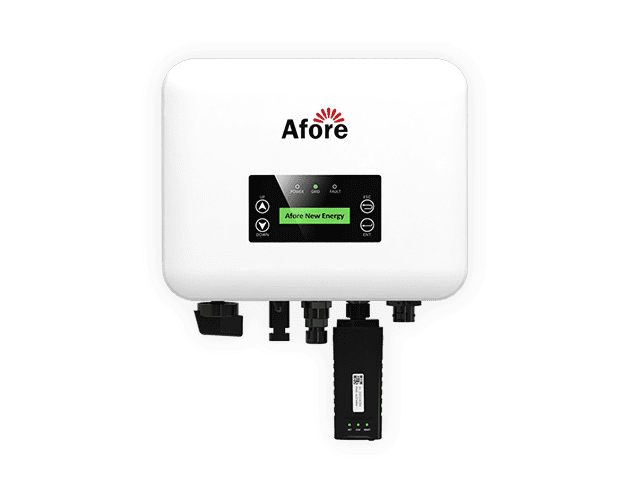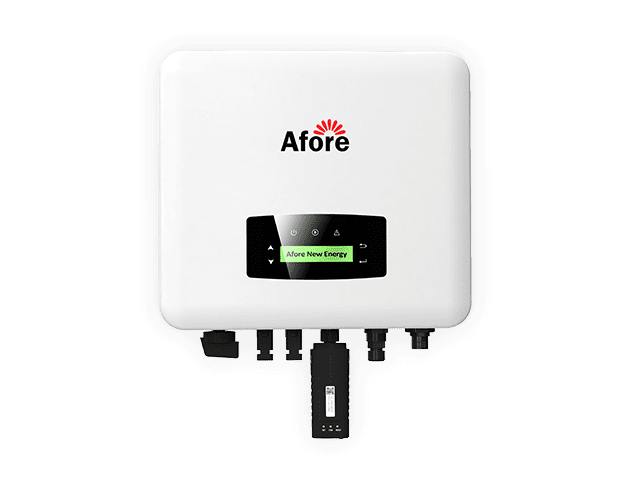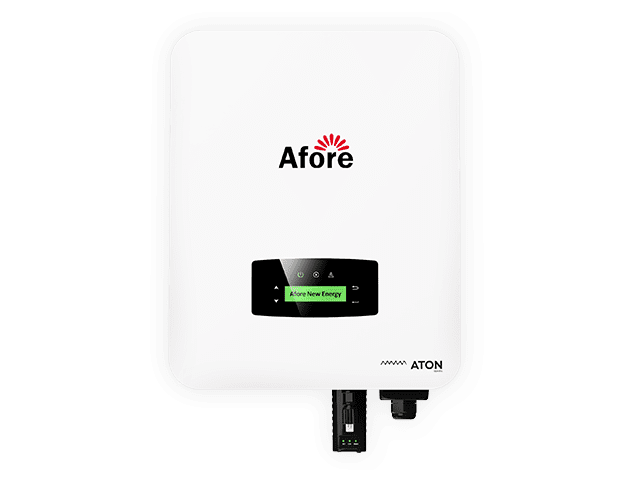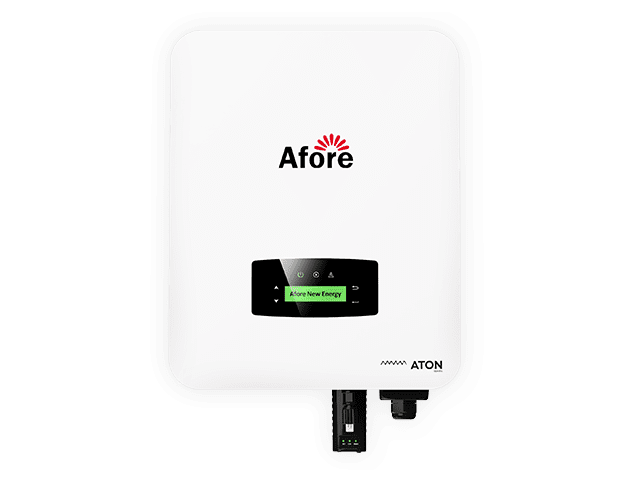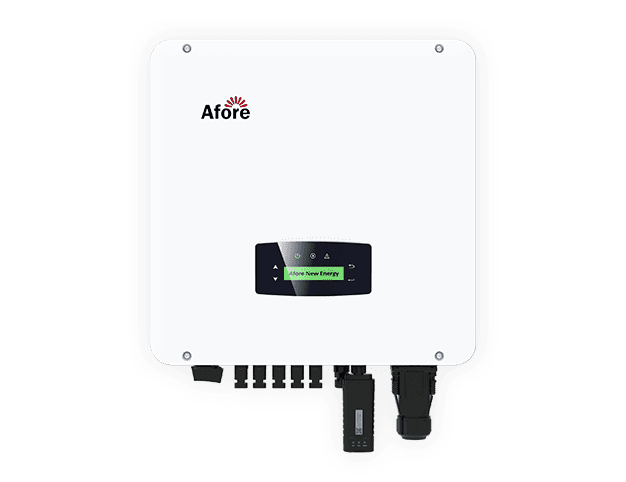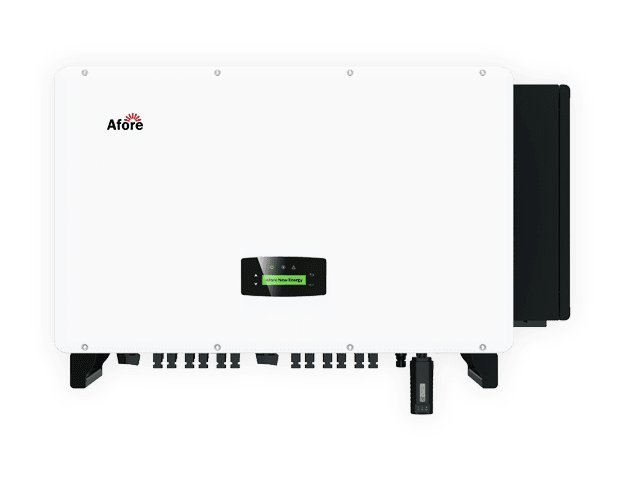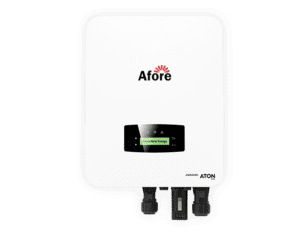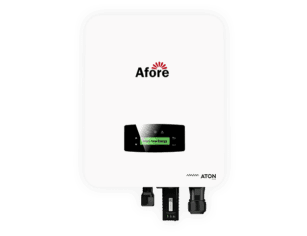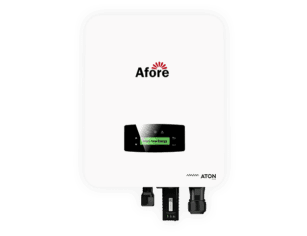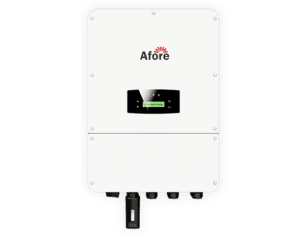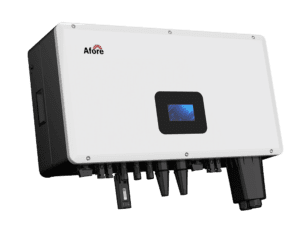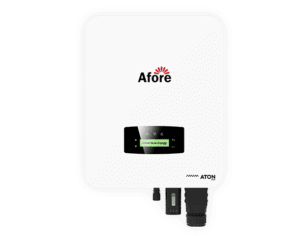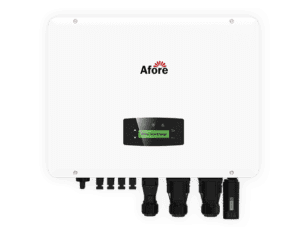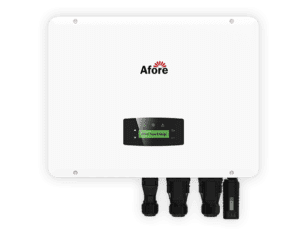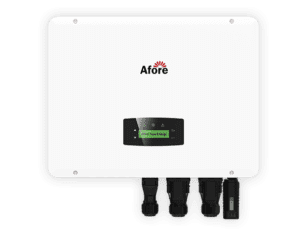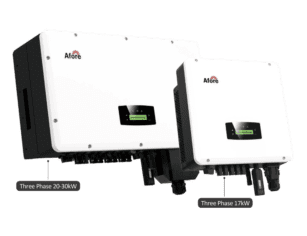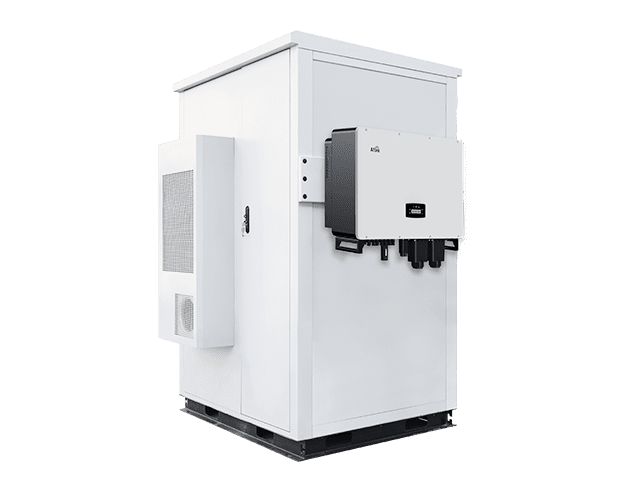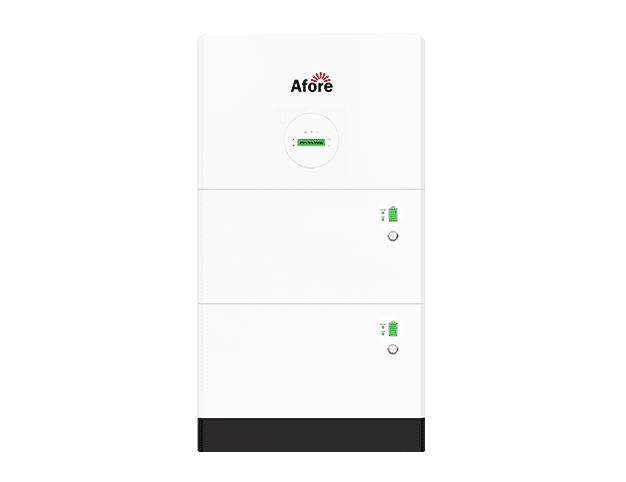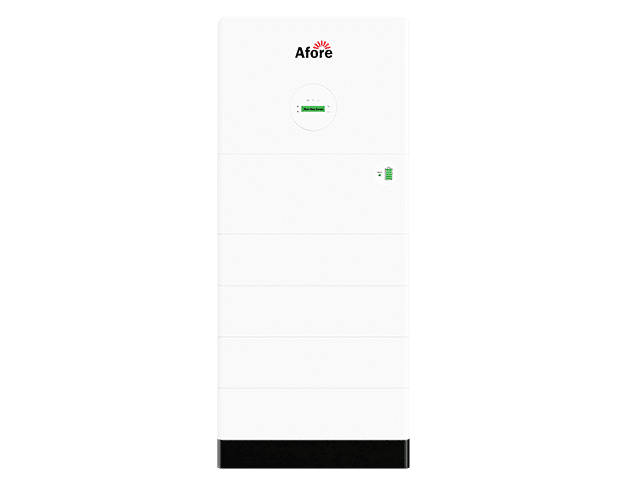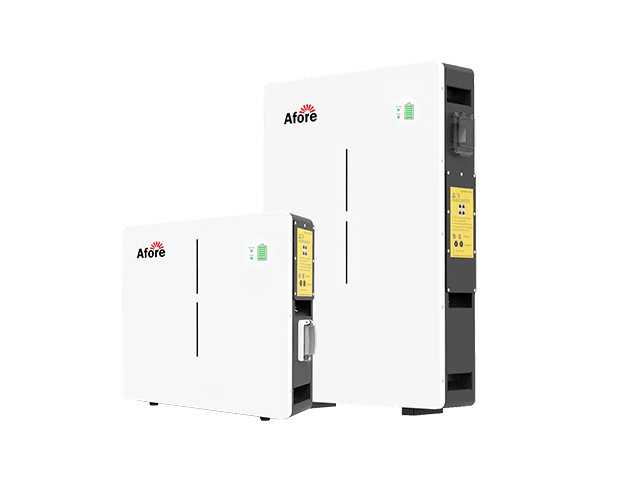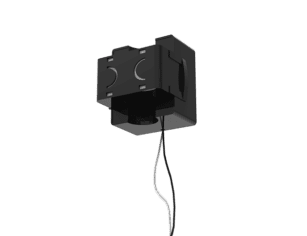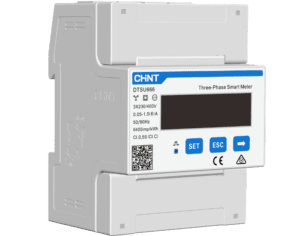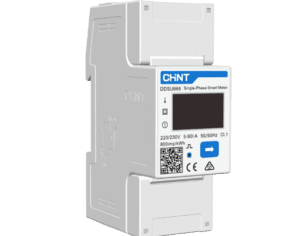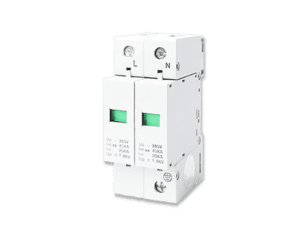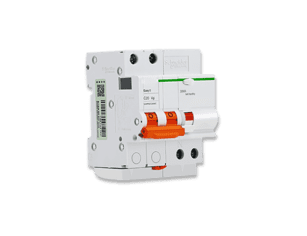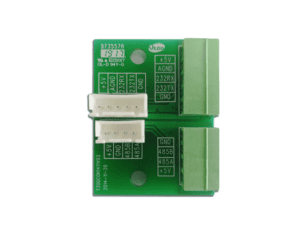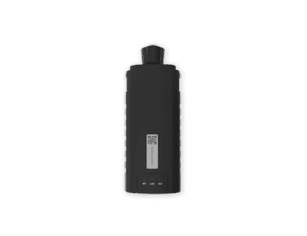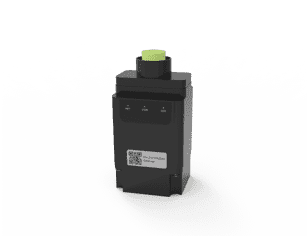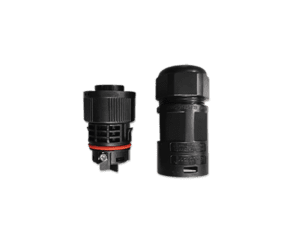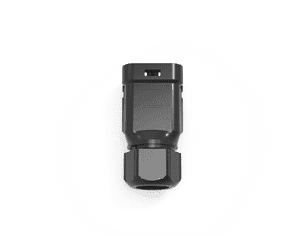24 Volt Battery Charger: A Complete Guide to Charging 24V Systems
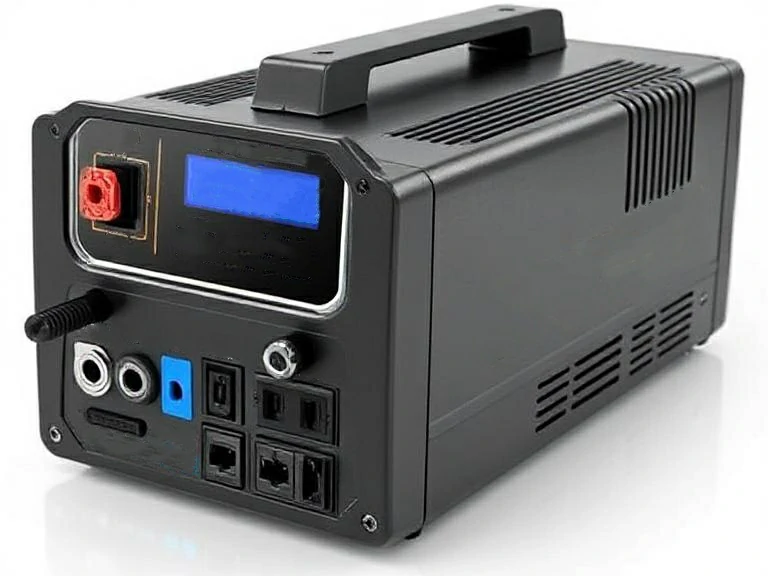
Table des matières
It does not matter if you are powering heavy equipment, RVs, or solar devices, having a reliable 24 volt battery charger that can be so important. So if you’re wondering how to charge a 24-volt system, or wondering if a 24-volt charger is worth it, you’ve come to the right place. In this guide, you’ll learn everything you need to know about charging 24 volt batteries safely, efficiently, and intelligently.
Understanding 24 Volt Battery Systems
Popularity of 24 volt battery systems is increasing now that everyone is demanding more and more power and energy efficiency. It is not only used for industrial or commercial purposes, but also for home setups, DIY solar projects and off-grid living. But what exactly makes a 24V system tick, and why would you choose it over a traditional 12V configuration? Let’s break it down.
What Is a 24V Battery System?
A 24V battery system is essentially two 12V batteries connected in series with a total output of 24 V. The voltage system determines the amount of power the system is capable of delivering, and higher voltage usually means more efficient power delivery.
You’ll commonly find 24V systems in:
- RVs and campers
- Solar energy storage
- Golf carts and electric scooters
- Industrial equipment
- Marine applications
Why Use a 24V System Over 12V?
Several compelling reasons exist as to why a 24V setting should be chosen over a 12V setting:
- Better efficiency: The higher the voltage, the lower the current consumption, thus reducing heat and energy loss.
- More power: There is no need for a large number of cables as the 24V system can handle much larger loads.
- Compact design: Smaller cable sizes and components help save on space and weight.
- Better performance for inverters: Many inverters are more efficient operating at 24V or higher, especially in solar installations.
- Cost-effectiveness: Over time, less power loss means more bang for your buck.
It does not matter if you are using solar power in a remote cabin or setting up a reliable backup power system. Knowing how to configure and maintain your 24 volt battery charger can save you time and money. Choosing the right 24 volt battery charger also ensures compatibility and efficiency in your setup. The more you know about proper charging of your 24-volt battery system, the longer your batteries will last and the smoother your energy transfer will be.
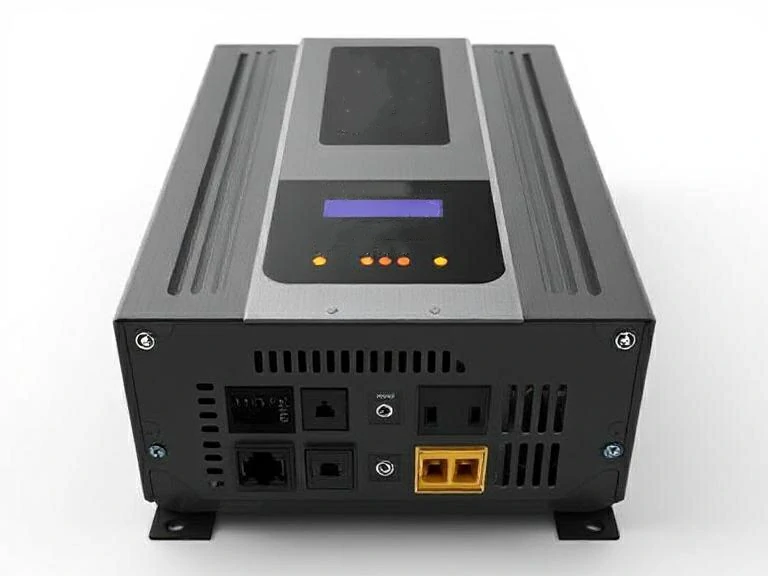
How to Charge a 24 Volt Battery
Charging a 24 volt battery is different than charging a cell phone. What it requires is the right 24 volt battery charger, proper wiring, and a basic knowledge of the way voltage and current work. All the rules for safe and efficient charging are common, whether you are using lead-acid, lithium, AGM or gel batteries.
Can You Charge a 24V Battery with a 12V Charger?
Short answer? No. You can’t use a 12V charger on a 24V system any more than you can use a bicycle pump to inflate a truck tire, it just won’t work.
Here’s why:
- Voltage mismatch: A 12V charger doesn’t produce enough voltage to push current into a 24V battery.
- Potential damage: You could fry the charger or harm the battery.
- Exception: Some specialized setups use step-up converters, but they require technical know-how and aren’t beginner-friendly.
Some people think about disconnecting each 12V battery in a 24V system and charging them individually, but that’s dangerous if the wiring isn’t right and the charge balance is screwed up. Make sure you don’t damage the batteries, and you don’t jeopardize people’s safety.
Proper Ways to Charge a 24V Battery
The most reliable and safest way is to use one of those specialized 24 volt battery chargers. These chargers are made for this situation and have a lot of benefits:
- Matching voltage charging and no risk of poor performance
- Integrated safety features prevent the battery from overcharging and getting hot, as well as preventing reverse polarity connections
- Smart charge cycles that adjust based on battery type and condition
Other options include:
- Charging two 12V batteries wired in series: In this case, your 24V charger treats them as one unit.
- Solar-based charging: With MPPT (Maximum Power Point Tracking) controllers, a your solar array can handle efficiently how it is charging 24 volt batteries without wasting energy.
If you are using solar power, remember that the panel voltage should be slightly higher than the battery voltage and the current should be kept within the safe charging range. This is where the 24v battery charger integrated in the solar controller comes in handy.
Series vs. Parallel: Charging Two 12V Batteries to Get 24V
Suppose you have two 12V batteries and you want to set up a 24V system. The key steps are as follows:
- Series wiring: Connect the positive terminal of one battery to the negative of the other. The open terminals (one negative, one positive) now give you 24V.
- Parallel wiring: Positive to positive, negative to negative. You’ll stay at 12V, but double the capacity.
- Important: Only series wiring gives you a 24V system. Once wired in series, charge them as a single 24V battery using a charger 24v.
Parallel setups are great if you want more amp-hours but don’t need the higher voltage. Always match the charging mode to the wiring configuration to prevent unbalanced charging.
How to Charge a 24V Battery from a 12V Solar Panel
Yes, it’s possible—but it takes the right setup.
Here’s how:
- Use a boost converter to step up the 12V output of a solar panel to 24 V. These devices can step up the voltage and often have charge regulation.
- Or go with a high-efficiency MPPT controller. These can take input from a 12V or higher panel and convert it to charge a 24V battery efficiently.
Key safety considerations:
- Do not connect a 12V panel directly to a 24V battery without a converter or controller – undercharging, panel damage, or worse may result.
- Making sure the current output of the solar panel is matched to the input limits of the battery.
Real-world scenario: You’re off-grid, using a 12V, 200W solar panel, and want to charge your 24V battery bank. With an MPPT controller rated for 24V output, you’re good to go. Add a fuse or breaker for safety, and monitor the system using a solar charge monitor.
Learning how to charge 24v system equipment can give you much more peace of mind and electrical safety. This skill can be crucial especially when the weather is changing at the drop of a hat or when you are running to a remote location!
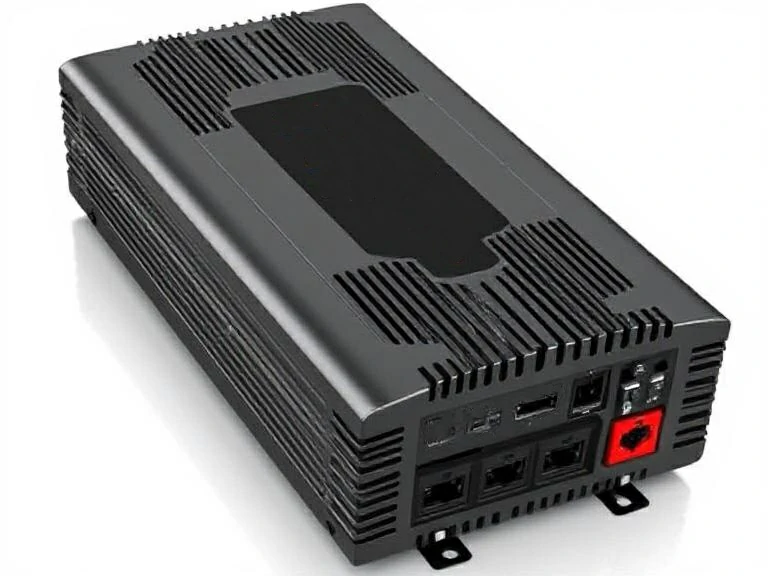
Choosing the Right 24V Battery Charger
You know you need a 24 volt battery charger – but how do you choose the right one? Not all chargers are created equal. The best 24 volt battery charger for your system depends on your battery type, application and safety requirements.
Key Features to Look For in a Charger 24V
Whether you are charging a deep cycle battery in your RV or a backup mobile power supply, it’s so important to have a reliable charger. Please note the following basic features:
- Amperage (charging current): A higher amperage rating usually means a faster charge, but it needs to be matched to the battery capacity.
- Voltage regulation: Protect against overcharging and keep your battery in optimal health.
- Multi-stage charging: Most of the quality chargers offer batch, absorption and float phases.
- Safety mechanisms: Have built-in protection against overvoltage, reverse polarity, short-circuit and thermal overload must be available.
- Smart charging capability: With these automatically adjusting the charge rate based on the condition of the battery, the battery pack’s life can be extended.
Types of 24V Battery Chargers
You’ve got options when it comes to charger styles. Here’s a quick breakdown:
- Smart chargers: Microprocessor-controlled and adaptable—ideal for long-term use and battery maintenance.
- Trickle chargers: Great for keeping batteries topped off over time but not meant for fast or deep charging.
- Solar chargers: Perfect for off-grid living; usually paired with an MPPT controller for highly efficient charging via solar panels.
- Onboard chargers: Direct mounting on the vehicle or equipment – for convenient regular, hassle-free charging.
- Portable chargers: Plug-and-play models that are great for occasional use or emergency backups.
Each type has its particular use, so you’ll have to figure out your occasion for use. Are you living off-grid? Managing a fleet of golf carts? Or maintaining seasonal equipment?
Matching the Charger to Battery Type
All batteries are built differently and have different chargers. Below is how to make sure the 24v battery charger matches your battery:
- AGM (Absorbent Glass Mat): Needs voltage-limited charging to prevent gassing or damage.
- Gel batteries: Even more sensitive to overvoltage; pick a charger that explicitly supports gel chemistries.
- Lithium-ion: We’ve got to find a charger that can manage the charge cycle of a LiPo battery in a solid way, we’ve got to be able to finely adjust the current level, and we’ve got to take care of the charge uptake of the battery, and sometimes we’ve got to balance out the various stages of the battery.
- Lead-acid (Flooded): Most common and tolerant, but they still benefit from smart charging to prevent sulfation.
Pro tip: Many modern chargers have settings or modes for different battery types. Just make sure to select the correct one before starting the charge.
Choosing the right charger is more than just plugging it in and expecting the best results. It’s also about optimizing longevity, performance and safety. The right 24V charger setup will give you reliable power with less hassle.
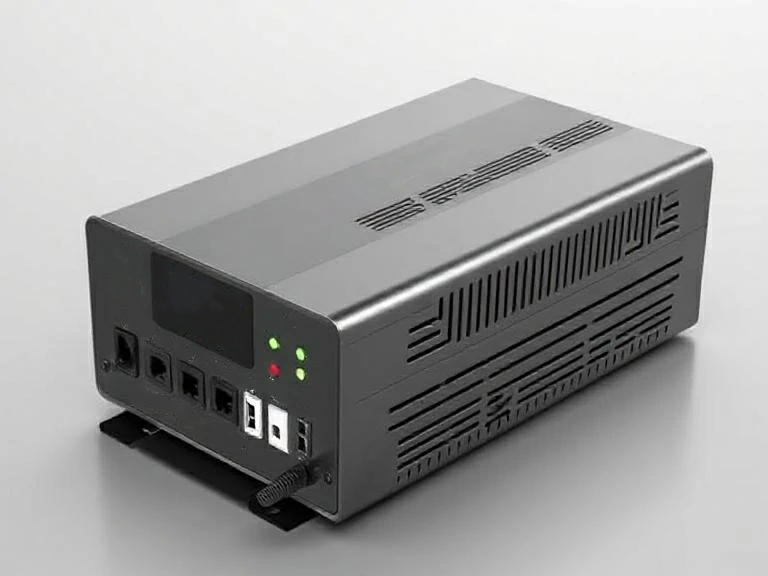
How Do You Charge a 24 Volt System Safely?
To safely charge a 24-volt system doesn’t just mean plugging in a charger. And it’s about preparation, proper procedures, and continued awareness. Whether you are charging a single 24V battery or a pair of 12V batteries in series, the following safety steps are critical.
Step-by-Step Instructions for Safe Charging
- Inspect the battery and charger: Before connecting any equipment, check for any visible damage such as swollen, cracked or corroded terminals. Also, be sure your 24 volt battery charger is in good working order.
- Ventilation is key: If you charge lead-acid or AGM batteries indoors, be sure the room is well ventilated. Hydrogen and other gases may be released during the charging process, which are flammable in confined spaces.
- Check polarity before connecting: Double check that the positive terminal is attached to the positive terminal and the negative terminal is attached to the negative terminal. Reversing the polarity may damage the charger and battery.
- Use the correct cable gauge: The cable is too thin, it is easy to heat up and get problems. Be sure to choose the right cable so that its current rating can match the output current of the charger, in order to use it.
- Monitor the charging process: Modern smart chargers usually have indicators for charging status. Keep an eye on voltage levels, temperatures, and charge completion.
- Don’t overcharge: A quality charger will shut off or switch to float mode when charging is complete. But if you’re using a manual charger, set a timer and keep a close watch.
- Disconnect safely: Once charging is done, turn off the charger before disconnecting the cables. Remove the negative clamp first to reduce the risk of sparks.
Mistakes to Avoid When Charging 24V Batteries
- Using the wrong charger: Never try to charge a 24V system with a 12V charger unless you’re splitting the batteries and doing it very carefully.
- Skipping maintenance checks: Dusty or corroded terminals can cause poor connections and overheating.
- Charging in extreme temperatures: Batteries don’t like it too hot or too cold. Ideally, charge between 50°F and 85°F (10°C to 30°C).
- Neglecting battery matching: When using multiple batteries, they should be of the same type, age, and capacity. Mismatched batteries can cause uneven charging and reduce lifespan.
Charging safely isn’t just about protecting your gear—it’s also about ensuring your own safety. The more care you put into the process, the better your performance and battery longevity will be.
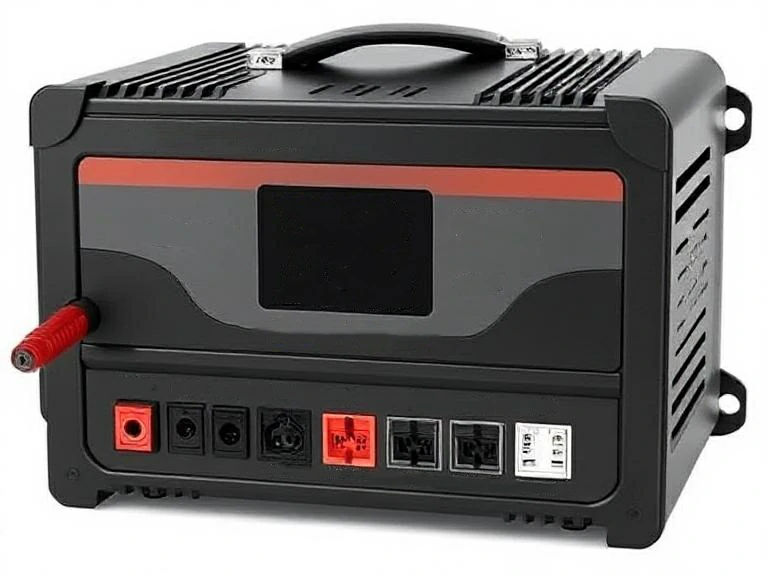
Maintenance Tips for Your 24V Battery and Charger
An investment in your 24V battery system is a reliable one, so it’s worthwhile to keep it in good condition at all times. A little regular maintenance goes a long way — it helps your system perform better, last longer, and avoid unexpected issues. Below is how to keep your batteries and 24 volt battery charger up and running.
How to Extend Battery Life
- Stick to regular charging cycles: Don’t let your battery sit for too long without use. Batteries left in a discharged state can sulfate, which reduces their capacity.
- Avoid deep discharges: Although some battery chemistries can handle it, most batteries prefer to hold more than 50% of their charge. Deep discharges shorten battery life significantly.
- Store with care: If you are storing the system (e.g., during the winter months), keep the batteries fully charged and stored in a cool, dry place. Disconnect the battery from the load and charger to prevent parasitic leakage.
- Balance charge multi-battery setups: When you’re using multiple batteries in series or parallel, it’s smart to periodically check voltage levels and rebalance if needed.
Troubleshooting Common Issues with 24V Battery Chargers
- Charger won’t turn on: Check the socket, fuses, and connections. The 24 volt battery charger may have an internal fault if it still does not respond.
- Battery not charging: It’s most probably a bad contact, corroded terminals, or a faulty battery. Clean the terminals and try again with your 24 volt battery charger.
- Overcharging or undercharging: If your battery feels hot or won’t fully charge, your 24 volt battery charger may be faulty or mismatched to your battery type.
- Flashing error lights: Consult your 24 volt battery charger manual for troubleshooting steps.
Caring for Your 24V Battery Charger
- Keep terminals clean: Dirty connectors lead to poor efficiency. Clean both the battery and 24 volt battery charger terminals periodically with a wire brush or terminal cleaner.
- Store in a dry, dust-free place: With time, moisture and dust can cause damage to the internal structure of the 24 volt battery charger. It’s best to put a protective cover on the charger or put it away in an organizer.
- Check cables and clamps: Over time, this cable will easily wear out and the fixture will become loose and inflexible. You have to replace all those broken parts in a hurry, so as to ensure good contact and safer use of your 24 volt battery charger.
- Know when to retire your charger: If your charger is aging, incompatible with your existing batteries, or not working properly, then you may need an upgrade. A new smart charger is much smoother to use and safer.
A little maintenance does go a long way. Taking good care of your 24v battery charger is as essential a tool as it is a reliable performer and extends battery life. Whether it’s powering your RV 24/7 or just for emergencies, regular maintenance will keep your system running strong.

Conclusion
In the world of 24V systems, the right 24 volt battery charger makes all the difference. It doesn’t matter if you’re spending time in your RV, busy running your solar equipment, or maintaining all that heavy machinery, as long as you’re charging it the right way, your batteries will last longer and perform at their best all the time. You have to pick a reliable charger, you have to get it right with your battery chemistry, and you have to follow safety practices, so you can’t afford to be sloppy.
If you are considering purchasing a solar inverter, onduleur hybride or an advanced storage inverter for your energy needs, you can visit Afore. Afore is known as one of the leading fabricants d'onduleurs solaires in the industry. You can find a bunch of efficient and reliable inverters there, and you’re sure to find something you’re happy with.
FAQ
How do you charge a 24 volt system with solar power?
Using solar power to charge a 24V system requires connecting the solar panels to an MPPT controller, which regulates the voltage and current to meet the demands of the batteries. The controller then delivers power to the battery for charging. Make sure the solar panel and controller are sized for your system needs.
Is it better to use two 12V batteries or one 24V?
Whether to use two 12V batteries in series or one 24V battery depends on your specific application. Series-connected 12V batteries can offer redundancy and flexibility, while a single 24V battery may be simpler and more compact. Consider factors such as space, cost, and system complexity when making your decision.
Can a 24V charger charge a 12V battery?
No, a 24V charger is not suitable for charging a 12V battery. The higher voltage could damage the battery or charger. Always use a charger that matches the voltage of your battery.
What size 24 volt battery charger do I need?
When choosing a 24 volt battery charger, you have to pick one that goes with your battery capacity and charging needs. You have to take a look at the battery’s amp hours and how long you want to charge it so that you can find the right charger with the right amount of amperage to make charging both efficient and safe.
Can I use a 12v charger to charge a 24v battery?
No, you cannot use a 12V charger to charge a 24V battery. The charger will not provide enough voltage to fully charge the battery and could potentially damage the charger or battery.
How long does it take to charge a 24v battery?
The charging time for a 24V battery depends on its capacity and the amperage of the charger. As a general rule, a charger with an amperage rating equal to the battery’s amp-hour capacity will fully charge the battery in about one hour (assuming an 80% depth of discharge). However, it’s common to charge batteries at lower amperage rates to prolong their lifespan.
How do I know if my 24v battery is fully charged?
Nowadays, most chargers come with indicator lights, so you can tell the charging status at a glance, either a small blinking light or a direct digital display. If you want to be more precise, you can take a voltmeter to measure the battery voltage. Take a 24V battery for example, when fully charged, the voltage is almost between 27 and 28V, depending on the battery type and charger. However, the safest thing to do is to follow the manufacturer’s instructions, how they say the battery is fully charged, how you judge, it’s right!




